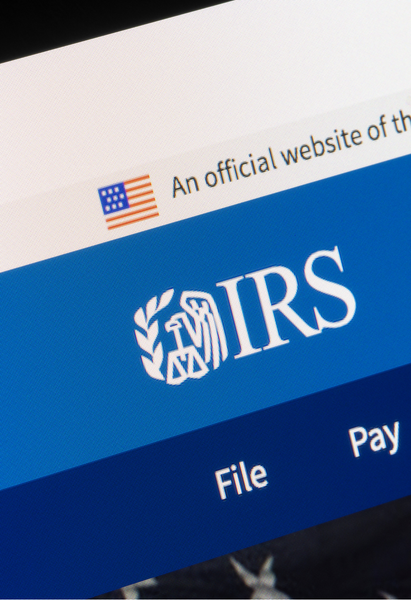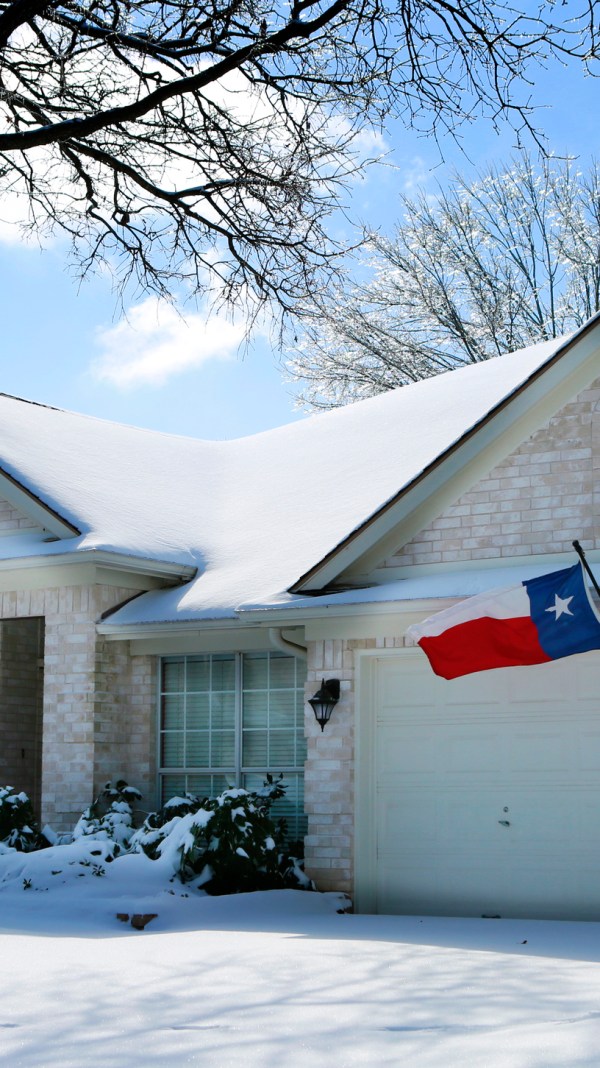[ad_1]
Update: October 10, 2023: The extended deadline to file 2022 federal income tax returns are due Monday, October 16, 2023. All 55 out of 58 of California’s counties – except for Lassen, Modoc, and Shasta – qualify for this IRS relief under three different FEMA disaster declarations.
Update: June 7, 2023: The IRS apologizes to California taxpayers for any confusion caused by balance due mailings, Notice CP14, sent out as a legal requirement. While the letter states that taxpayers need to pay in 21 days, most California taxpayers have until later this year to pay under the disaster declaration. Taxpayers who have received these letters do not need to call the IRS and the disaster dates remain in effect.
The Federal Emergency Management Agency (FEMA) declared the recent events as a disaster and the IRS announced that victims of these California storms have until October 16, 2023 to file various individual and business tax returns and make certain tax payments. Currently tax relief is available to any area designated by FEMA. This means that individuals and households that reside or have a business in Alpine, Amador, Butte, Calaveras, Del Norte, El Dorado, Fresno, Glenn, Humboldt, Imperial, Inyo, Kern, Kings, Lake, Los Angeles, Madera, Mariposa, Mendocino, Merced, Modoc, Mono, Monterey, Napa, Nevada, Orange, Placer, Plumas, Sacramento, San Benito, San Bernardino, San Francisco, San Joaquin, San Mateo, San Luis Obispo, Santa Barbara, Santa Clara, Santa Cruz, Shasta, Sierra, Sonoma, Stanislaus, Trinity, Tulare, Tuolumne and Yuba counties qualify for tax relief. Taxpayers in certain storm impacted localities designated by FEMA will automatically receive the same filing and payment relief. The current list of eligible localities is available on the disaster relief page on IRS.gov.
What are the extended tax and payment deadlines for victims of California storms?
The tax relief postpones various tax filing and payment deadlines that occurred starting on January 8, 2023. As a result, affected individuals and businesses will have until October 16, 2023 to file returns and pay any taxes that were originally due during this period. These include:
- 2022 Individual and Business Returns: Individual income tax returns and various business returns normally due on March 15 and April 18, 2023 will now have until October 16, 2023 to file their 2022 return and pay any tax due. Among other things, this means that eligible taxpayers will have until October 16 to make 2022 contributions to their IRAs and health savings accounts.
- Quarterly Estimated Tax Payment: Tax Year 2022 4th quarter estimated tax payment with a deadline of January 17, 2023 and Tax Year 2023 estimated tax payments normally due April 18, June 15 and Sept. 15 have been extended until October 16, 2023. This means that individual taxpayers can skip making the fourth quarter estimated tax payment, normally due January 17, 2023, and instead include it with the 2022 return they file, on or before October 16.
- Quarterly Payroll and Excise Tax Returns: Quarterly payroll and excise tax returns that are normally due on January 31, April 30, and July 31, are also extended until October 16, 2023. In addition, penalties on payroll and excise tax deposits due on or after January 8, 2023 and before January 23, 2023 will be abated as long as the deposits were made by January 23, 2023.
What do I need to do to claim the tax extension?
The IRS automatically provides filing and penalty relief to any taxpayer with an IRS address of record located in the disaster area. Taxpayers do not need to contact the IRS to get this relief. However, if an affected taxpayer receives a late filing or late payment penalty notice from the IRS that has an original or extended filing, payment or deposit due date falling within the postponement period, the taxpayer should call the number on the notice to have the penalty abated.
The current list of eligible localities is always available on the disaster relief page on IRS.gov.
Is there an extension for the California state tax return?
California has announced that taxpayers and business owners affected by the recent winter storms in California qualify for an extension to file and pay taxes until October 16, 2023.
Do surrounding areas outside of California qualify for an extension?
The IRS will work with any taxpayer who lives outside the disaster area but whose records necessary to meet a deadline occurring during the postponement period are located in the affected area. Taxpayers qualifying for relief who live outside the disaster area need to contact the IRS at 866-562-5227. This also includes workers, assisting the relief activities, who are affiliated with a recognized government or philanthropic organization.
How can I claim a casualty and property loss on my taxes if impacted?
Individuals or businesses who suffered uninsured or unreimbursed disaster-related casualty losses can choose to claim them on either the tax return for the year the loss occurred (2023 return normally filed next year in this instance) or the loss can be deducted on the tax return for the prior year (2022, normally filed this tax season). Individuals may also deduct personal property losses that are not covered by insurance or other reimbursements.
Be sure to write the following FEMA declaration number on any return claiming a loss:
The tax relief is part of a coordinated federal response to the damage caused by the harsh storms and is based on local damage assessments by FEMA. For information on disaster recovery, visit disasterassistance.gov.
If you are not a victim, but you are looking to help those in need, this is a great opportunity to donate or volunteer your time to legitimate 501(c)(3) not-for-profit charities who are providing relief efforts for storm victims.
Check back with the TurboTax blog for more updates on disaster relief.
One response to “IRS Provides Tax Relief for California Storm Victims”
[ad_2]
Source link














